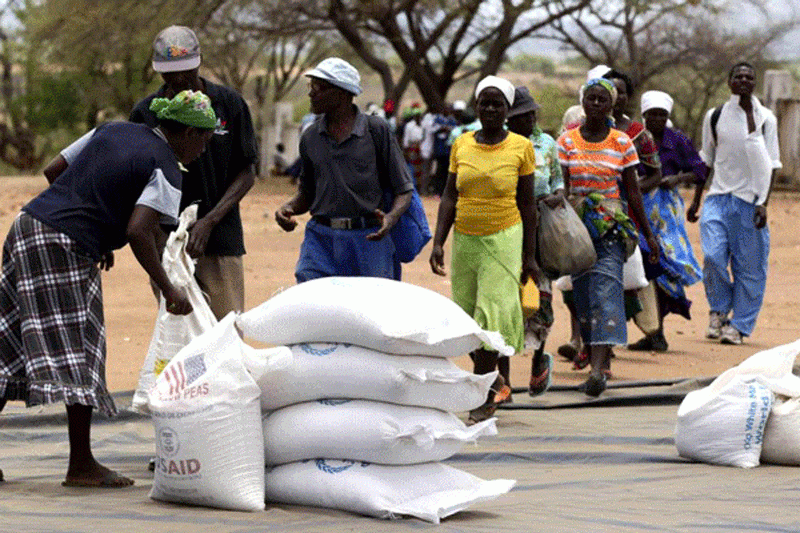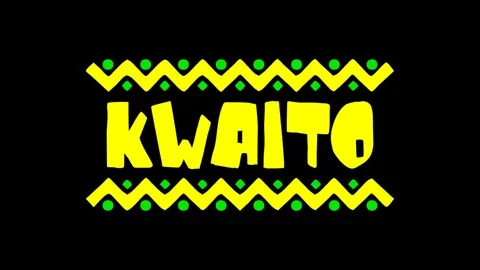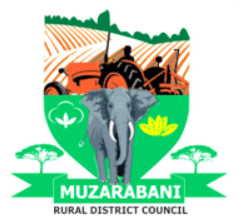
AT least US$369 million is required to provide food and cash assistance to more than 6,5 million people across southern Africa up to March 2025, the latest report by the World Food Programme has indicated.
The flash appeal comes at a time when the Global South has been greatly ravaged by the El Niño phenomenon that has left more than 27 million people food insecure in at least seven southern Africa countries.
WFP recently indicated that it was facing challenges in accessing resources and funds to provide food relief, with an estimated US$150 million required to feed 1,5 million people in Zimbabwe alone.
The struggle by WFP to raise the necessary funds for its southern Africa drought response has sent shockwaves through the international community, with the funding shortfall presenting a looming humanitarian crisis that threatens the lives and livelihoods of millions across southern Africa.
The El Niño situation report conducted for the month of August 2024 indicated that maize production in the region has greatly deteriorated, thereby increasing the number of families in need of food aid.
“WFP requires US$369 million to provide food and cash assistance to over 6,5 million people across southern Africa up to March 2025,” the report read.
“A historic El Niño-induced drought and above-average temperatures in early 2024 led to low crop harvests across the region.
“When compared to the previous year, maize production fell by 20% in South Africa, 54% in Zambia and 72% in Zimbabwe. South Africa’s diminished surplus is still sufficient to meet the import needs of Botswana, Lesotho, Namibia and Eswatini.”
- We were sad to see ED in Rwanda: Ndiweni
- Coal rush! Energy crisis fires global hunt for polluting fuel
- Tanzania's president urges women to have fewer babies
- Artistes sing against sanctions
Keep Reading
The report further indicated that Tanzania’s above-average surplus is expected to partially mitigate regional supply deficits.
“However, at least an additional three million metric tonnes of imported maize is necessary to meet regional demand,” the report read.
WFP also indicated that close to 27 million people across southern Africa are food insecure as the impact of the El Niño-induced drought deepens.
“Affected communities have depleted their meagre food reserves with a number of months remaining before the next opportunity for harvest in April 2025.
“In addition to harvest failure, El Niño has brought about loss of livestock and deteriorating malnutrition, water, sanitation and health (WASH) conditions,” it read.
WFP said as countries in the Global South landscape grapple with an earlier-than-usual lean season, the situation was further worsened by high food prices, significant economic challenges as well as cholera and Mpox outbreaks.
“Southern Africa remains at risk of a further deterioration in malnutrition levels due to the declining quality of diet and the adoption of extreme coping strategies such as skipping meals and shifting to lower quality and less nutritious diets.
“The hunger crisis is forcing families to make survival decisions, putting children and women at heightened protection risks. Looking ahead to the next planting season (which starts in November/December), many smallholder farmers are expected to have challenges accessing crop inputs on the market due to low income and high prices as own-produced retained seeds will not be available due to this year’s poor harvests,” the organisation said.











